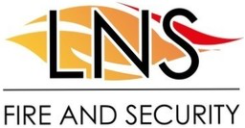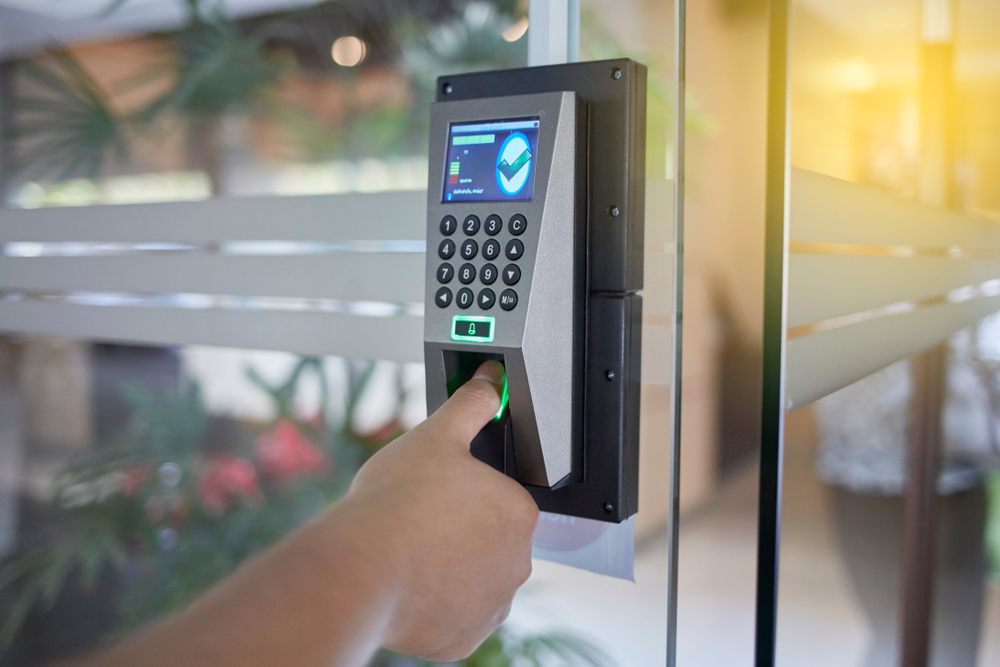Access control systems play a vital role in the security of a building. The purpose of an access control system is to allow authorised people entry into a building. However, that is not the only thing it does. In addition to granting access to authorised individuals, modern access control systems also help monitor and manage the entry points into a building or business unit. Unlike a traditional lock-and-key unit, an access control system uses computer-based electronic units and bar-coded access cards or ID badges to gain access into a room or premises. What’s more. Access control systems can have units at multiple entry points, each of which can be controlled and monitored individually to allow access to a restricted group of people. There are many different types of access control systems that businesses can install based on their requirements. Here we discuss some of the most popular ones.
Access Control Units
Access control systems can be autonomous like a traditional lock and key system or monitored like an electronic access control system. Electronic systems offer greater flexibility, efficiency and security and are the preferred choice of access control in modern business premises. Here, a card, chip or a fob with the correct authorisation must be presented to a reader device, which allows or restricts the person from passing through. It also keeps a record of who has entered a particular area or building and when. There are two types of electronic access control systems:
- Standalone Systems
Used for single access points these standalone devices allow access based on local access permissions. They are normally wireless and do not require any elaborate, time-consuming installations, and are effective in locations and sites where wired access control systems cannot be installed. Examples of standalone electronic access systems include Digital Cylinders, Mechatronic Cylinders, and Electronic Door Locks.
- Online/Networked Systems
Wired, online access control systems are used on larger, more complex sites that have high access rates and require higher security. They are connected to the host system’s access control software and can also be integrated with other systems on-site such as alarm systems, elevator controls, intercoms, etc.
Once installed, access points can be monitored and controlled remotely or programmed to operate automatically. There are several types of systems that can validate authority, such as:
- Access badges or tokens
- Fingerprints and biometrics
- Key cards or key fobs
- Passwords or PINs
- Video verification through intercoms
Types of Access Control Systems
There are three main types of access control systems based on the role, authority, and identity of an individual:
- Discretionary Access Control (DAC) – Here, the business owner is responsible for deciding who is allowed in a specific location or area, physically and digitally. It is relatively more unreserved as it gives the authorised individuals or end-users complete control over security level settings and other associated programs and comes with higher security risks.
- Managed Access Control (MAC) – This system is primarily used in high-security institutions where confidentiality is paramount, and data is highly classified. MAC systems classify all end users and give them labels that permit them to gain access as per pre-defined security guidelines. Here, permit owners do not control access to a unit or premises. Instead, only the owner and custodian can manage the access controls.
- Role-Based/Rule-Based Access Control (RBAC) – RBAC is the most popular access control system used in both residential and commercial buildings. Access is assigned by the system administrator and is strictly role-based, with most privileges assigned based on job responsibilities. In simpler terms, access is assigned only based on job titles and not individuals.
What is Right for Your Business?
Business owners must consider several factors to decide which access control system is right for their premises, such as the nature of the business, the size of the building/unit, security procedures and manpower within the organisation, number of entry points, and the number of users. For smaller business units, the Discretionary Access Control system is most suited, whereas, for larger, high-security facilities, the Managed Access or Role-Based Access Control systems are better suited.
How Can LNS Help?
LNS is one of the most reliable fire and security engineers in Leicestershire that can provide the best access control systems for commercial and residential properties. We can deliver and install state-of-the-art access control systems for your premises and help create a safer and more secure environment for you and your employees or family. Call us on 0116 224 3478 or email us at info@lnsfireandsecurity.co.uk to learn more about our products and services.

